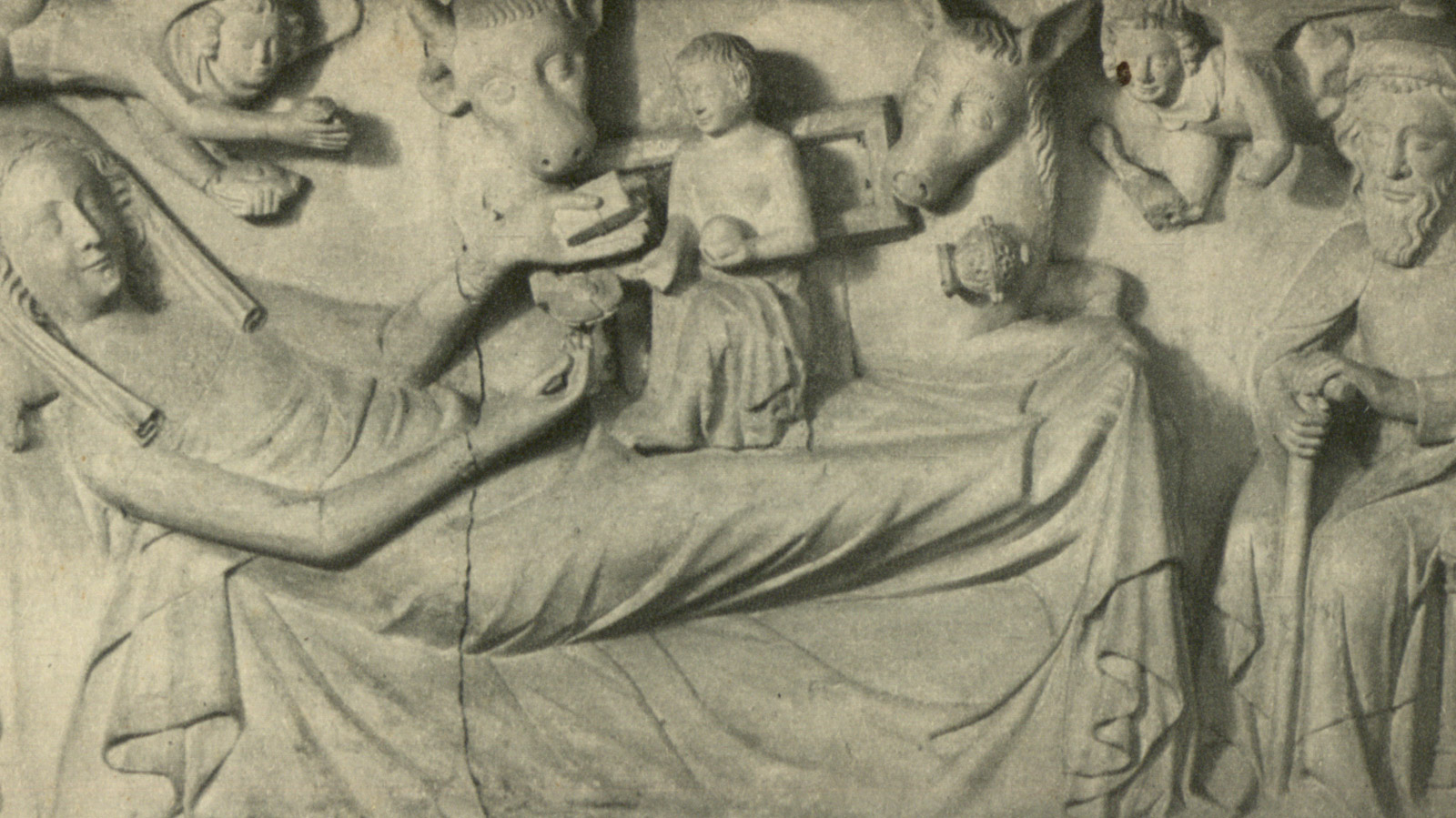Archive of the Movement for the Renewal of Religious Art
In May 1953, an exhibition of contemporary religious architecture opened at the Galeria de São Nicolau in Lisbon, organised by a group of young architects and architecture students involved in the Movement for the Renewal of Religious Art: Henrique Albino, Nuno Teotónio Pereira, João Braula Reis, João Correia Rebelo, António de Freitas Leal, José Maia Santos, and João Medeiros e Almeida.
Visitors were informed of its motivating principles in a leaflet: the exhibition was not limited to presenting works, but also criticized the “painful panorama of our architecture, the inexistence of competent criticism in our milieu”, which made “an action of clarification and a revision of concepts” urgent, so that national religious architecture could “show the world today the true face of the Church of Christ”, abandoning architectural models that perpetuated an allegedly traditional and nationalist aesthetic, unrelated to the principles defended by the Modern Movement.
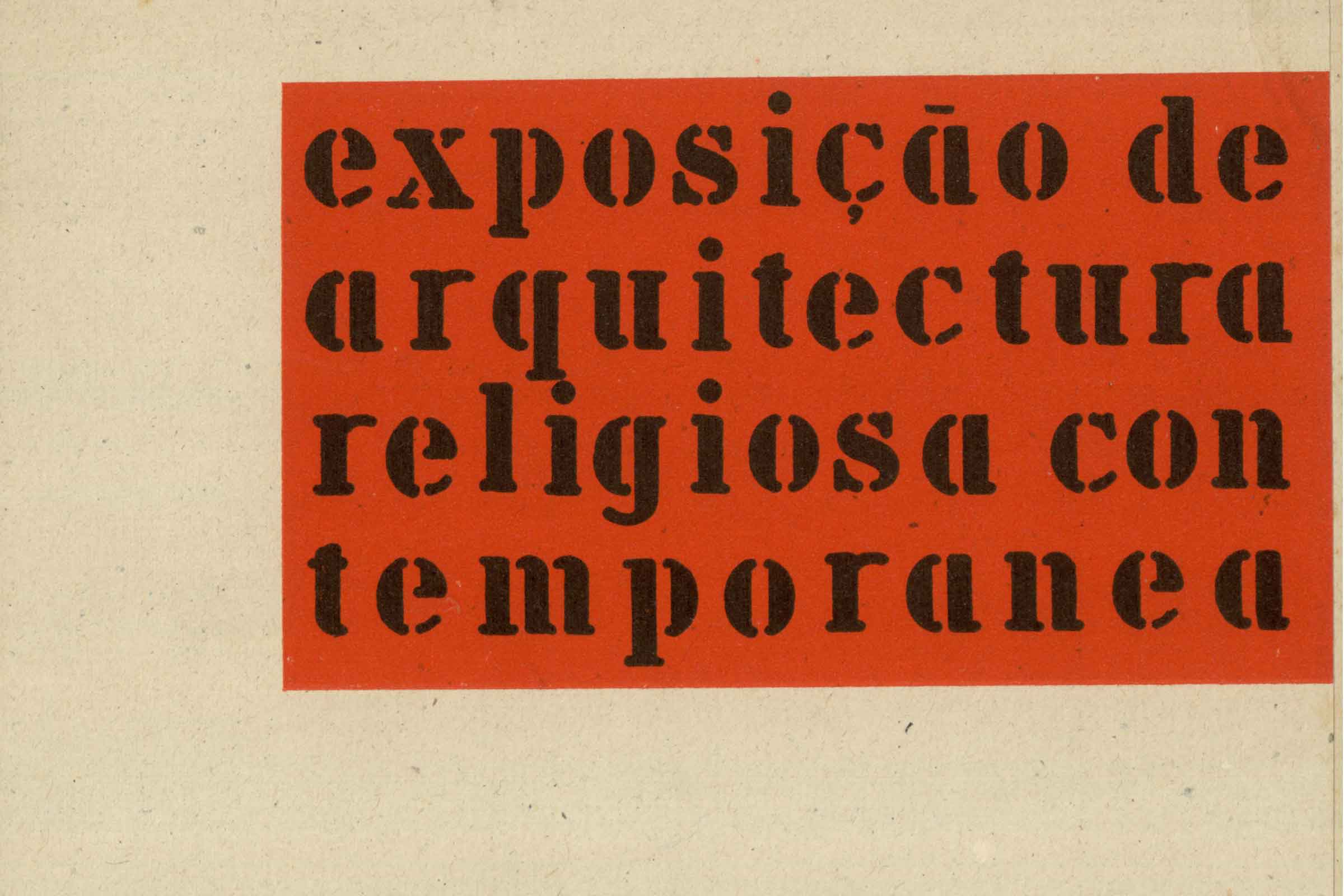
It was this critical attitude and this desire for formal renewal of architectural production and of religious art that, a year earlier, had motivated the foundation of the Movement for the Renewal of Religious Art by “a Catholic community of artists and other interested persons, with the general aim of promoting, in all areas of religious art, the encounter of true artistic creation with the demands of the Christian spirit” (Statutes, Article 1).
At the immediate genesis of the Movement for the Renewal of Religious Art was the reaction against the announced project of the architect Vasco Regaleira for the church of São João de Brito, expressed through a petition, where it was stated that this project did not fit “neither with the times that we live in nor with the general environment of the Bairro de Alvalade”.
In a wider context, the Movement for the Renewal of Religious Art was, among us, the expression of a new theological conception that began to take shape in Europe, particularly in Switzerland and Germany, in the years following the end of the First World War, which placed the celebration of Mass at the centre of Christian/Catholic worship, and which in terms of architectural conception placed the altar as the central point of the spatial organization of the layout of new churches.
Since 1952, and until approximately the end of the 1960′, when it began to dissolve, the Movement for the Renewal of Religious Art maintained a dynamic and engaged action, mainly formative, editorial, and exhibitive, rather than architectural and artistic, much because of the political and economic constraints of the country.
Throughout this period, its active members were architects such as Nuno Teotónio Pereira (1922-2016), António de Freitas Leal (1927-2018), Nuno Portas (b. 1934), João Correia Rebelo (1923-2006), Diogo Lino Pimentel (1934-2019), Formosinho Sanches (1922-2004) and Luís Cunha (1933-2019); plastic artists such as José Escada (1934-1980), Madalena Cabral (1922-2015), Eduardo Nery (1938-2013), Manuel Cargaleiro (b. 1927) and Jorge Vieira (1922-1998); art historians and conservators such as Flórido de Vasconcelos (b. 1920) and Maria José de Mendonça (1905-1984).
The Calouste Gulbenkian Foundation supported various activities carried out by the Movement for the Renewal of Religious Art, namely a “Course in Sacred Architecture” (January 1958) organized within the framework of the competition for the construction of the church of the Sacred Heart of Jesus (Lisbon); the organization of the Exhibition of modern sacred art (1956 and 1960); the competition for the preliminary project for the construction of the Cathedral of Bragança and the presentation in Portugal (1964) of the travelling exhibition New churches in Germany.
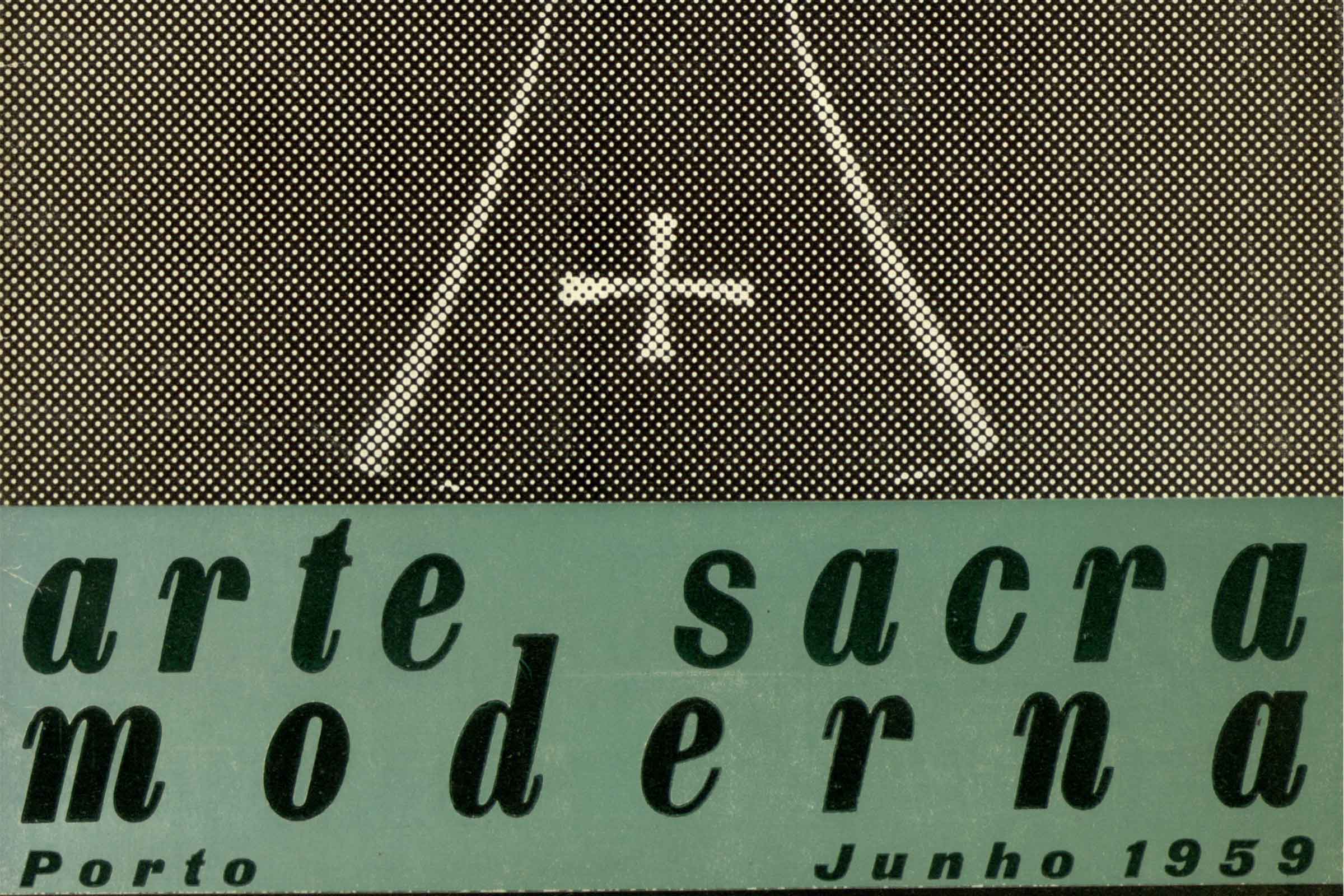
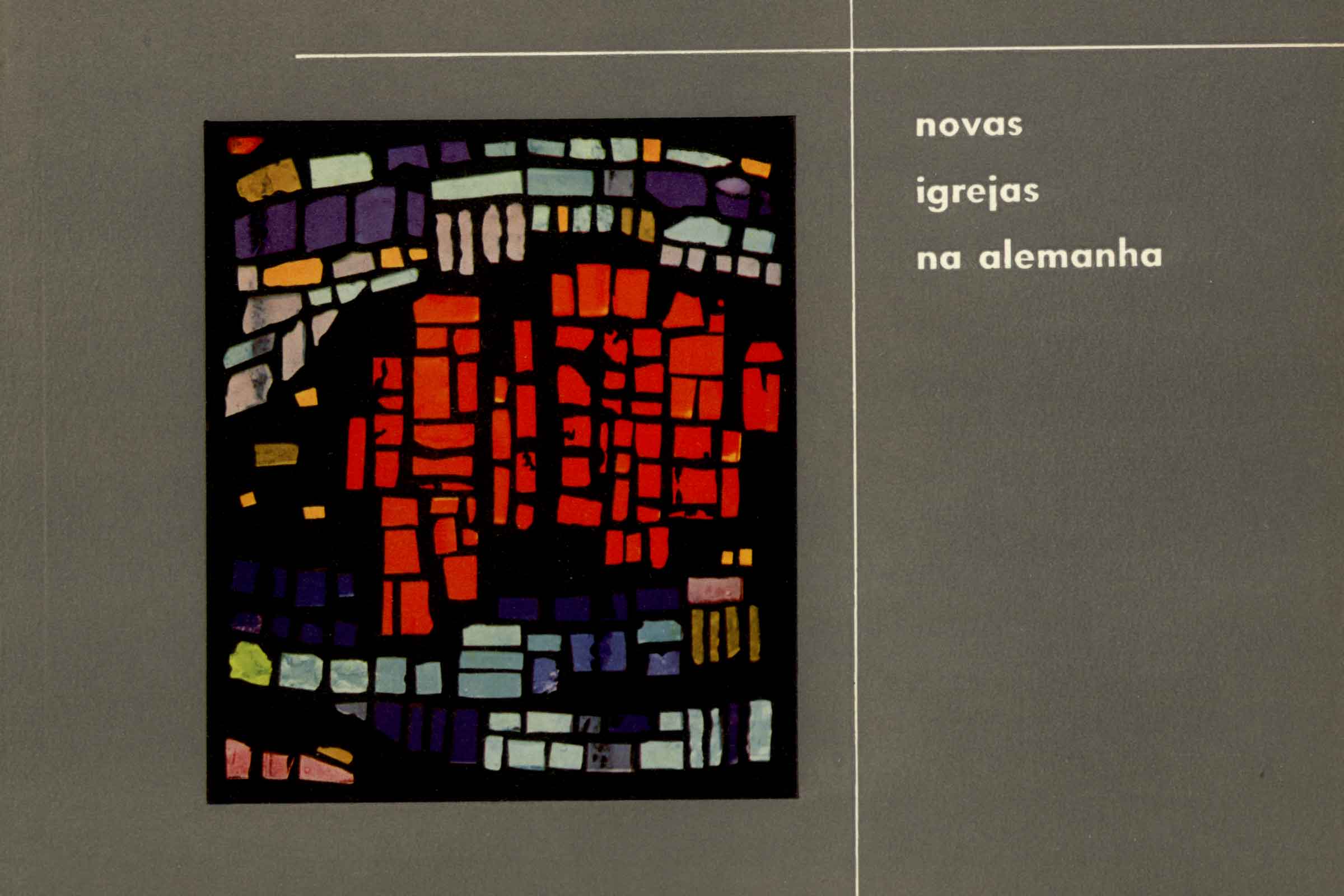
This connection was re-established in March 2007, when one of its founders, architect Nuno Teotónio Pereira donated his collection to the Calouste Gulbenkian Foundation Art Library, to which were added some more documents donated by architects António de Freitas Leal and Diogo Lino Pimentel.
The set consists of 300 documents, divided into 6 dossiers, and is essential for the study not only of the Movement for the Renewal of Religious Art, but also of modern architecture in Portugal. One of the documents that forms part of it is this leaflet prepared by the Azorean architect João Correia Rebelo, a kind of manifesto where photography and words showed everyone – from the “Minister” to the simple citizen – in the context of the aesthetic conceptions of the 1950s, examples of what he considered to be good and bad architecture.
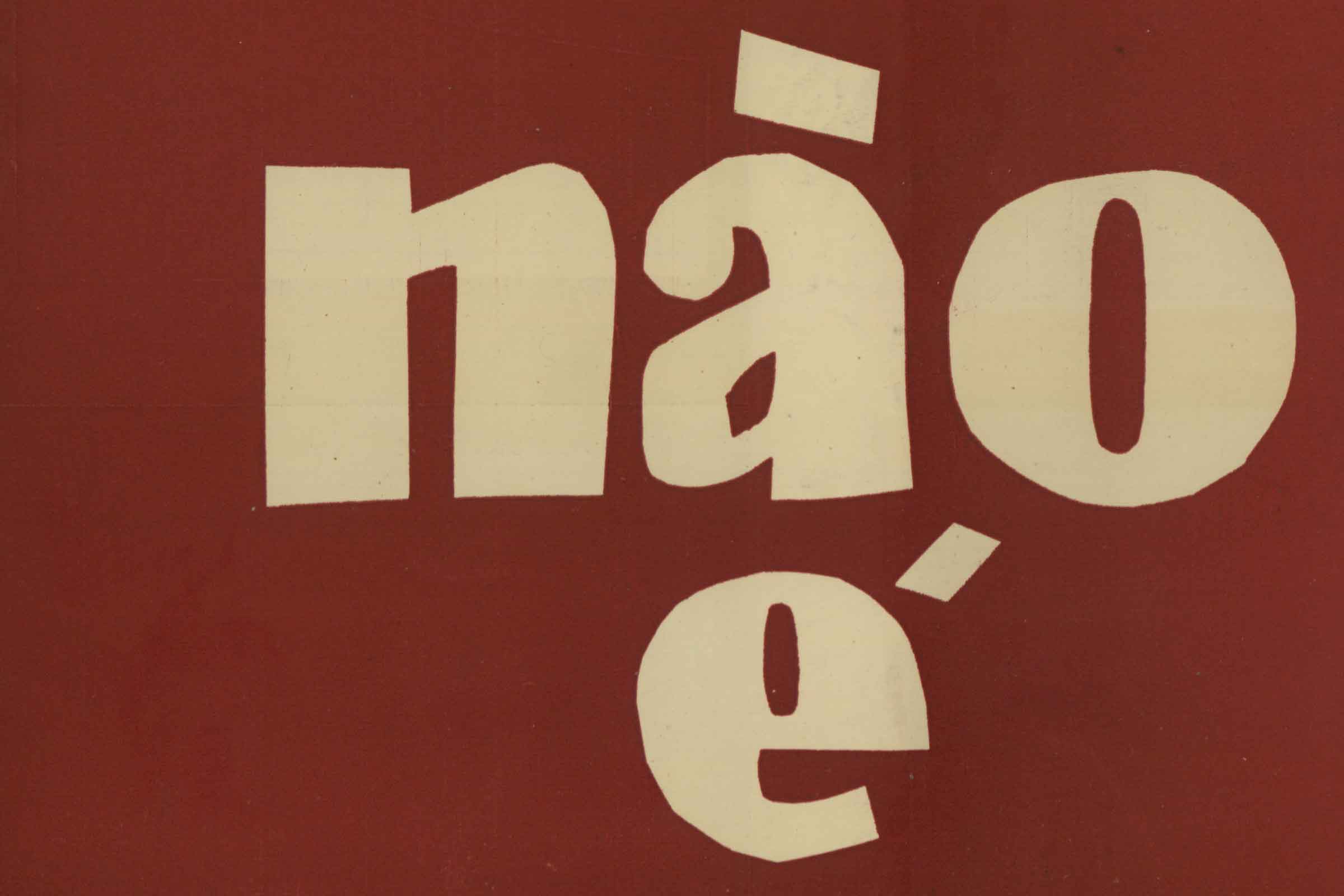
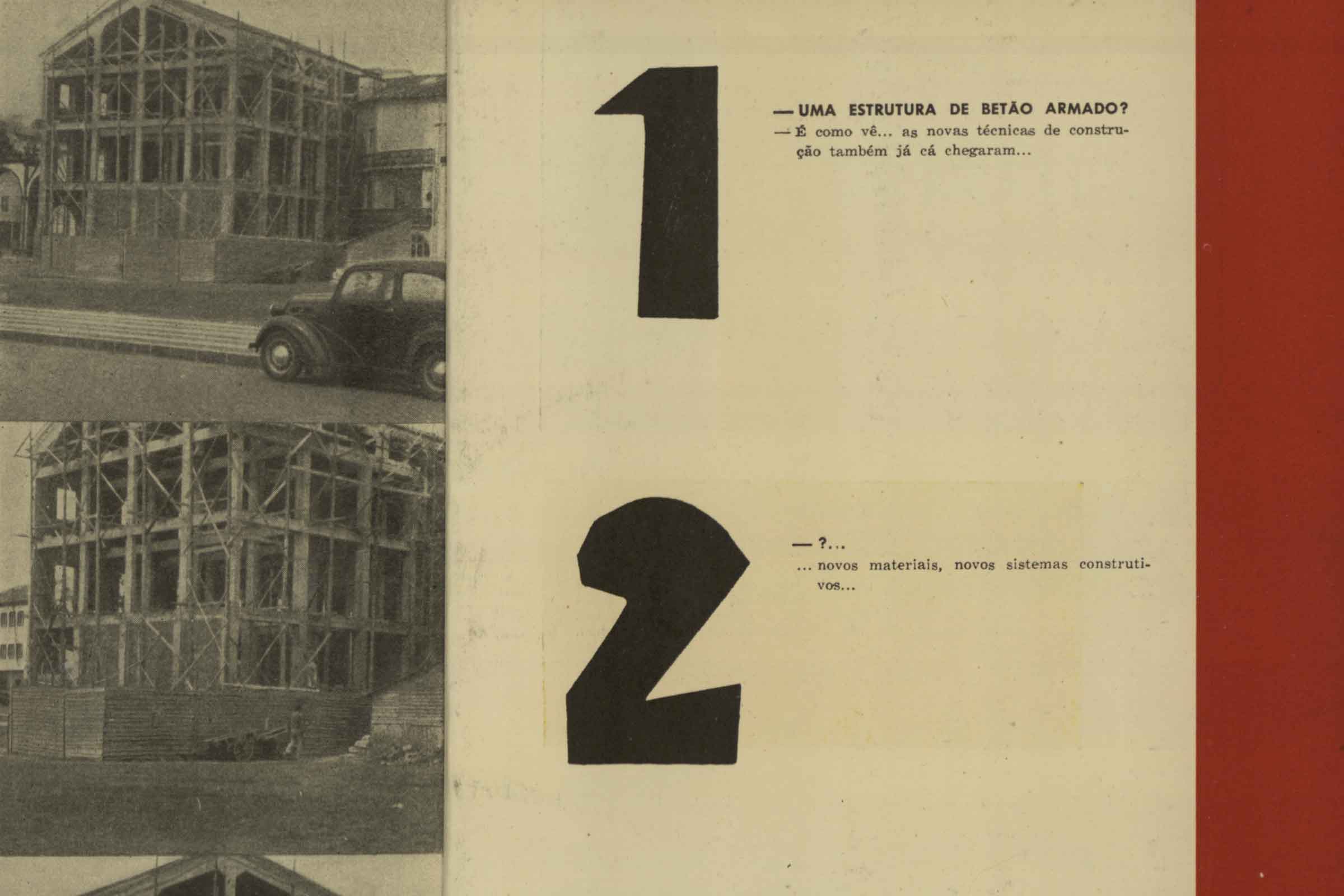
The Art Library, within the scope of the policy that conciliates the preservation and availability of its documental funds, proceeded to the digitalization of this Collection, whose consultation, due to issues related to copyright and personality rights, can only be carried out from its internal network.
Works from the Library
A selection of books and magazines, photographs, exhibition catalogues and other documents whose themes relate to the history of art, modern and contemporary visual arts, Portuguese architecture, photography and design.
